Found in the heart of Seattle, the Central Public Library is one of the most architecturally diverse buildings in Seattle, Washington. Surrounded by 26 other community libraries, it is one of the most important infrastructures in the area. Shaped like staggered, stacked books, the environment is welcoming for people of all ages and encourages them to embrace not only reading but also communication with others, learning and even pushing themselves to experience the nature of technology.
Due to the rich history, cultural experiences and symbolic representations within the library, it is more inclusive and immersive for all. Before the current library, there were two that stood before it with a history of their own. In 1890, the first Seattle Central Public Library built the foundation for what is now a renowned and respected Library across America.
History.
In the early years of the first library, there were negotiations within the realm of budgets. The librarian, Charles Buckley, had been negotiating with Andrew Carnegie, a Scottish-American businessman who donated millions of dollars in the effort to build libraries across the country. The negotiation included Buckley arguing that Seattle needed a completely fireproof library.
On January 2, 1901, disaster struck; Buckley was alone in the library cataloging late into the night when a fire started. While there is no evidence of what or who started the fire, it has been suggested that Buckley may have started the fire as an attempt to gain more money and resources from Carnegie.
Shortly after this incident, Carnegie donated a fireproof library, making it the second Central Library in this location.
The current Seattle Central Public Library, which was built in 2004, resides on 4th Avenue in Seattle, Washington. The building is an architectural wonder, creating talk across the community, seeing as it was a 165.9 million dollar project. The largest contributor to the price is that the whole library is enclosed in 10,000 panels of glass and steel, which are meant to make people feel connected to nature and the outside world while still enjoying the space they are in.
Within the thousands of glass panels encapsulating the library, there is also aluminum expanded metal mesh and seismic structures that were made in partnership with Dutch architect Rem Koolhaas and the Seattle-based architectural group LMN Architects.
These structures were introduced as a precaution in light of the second library that resided on the property, which suffered a horrific earthquake, as well as to protect visitors from the harsh Seattle weather while also allowing sunlight and connections with nature. Deb Bernard, the Administrative Specialist at the library, shares that “this building wasn’t built then, but in the previous building, one of the hallways twisted.”
The nature of the building soon led to its closure, but then the rebuilding process of the current library began. To ensure that these modifications would work, a small-scale model was created, which underwent intense weather conditions to ensure the safety of staff and visitors at the current Seattle Central Public Library.
When transferring from building to building, the library found importance in preserving the history of the library. There are models of previous buildings that can be found on the eleventh floor, as well as pieces of history from the previous libraries scattered throughout the building.
Colors.
Within the library, there is a pattern in the colors used; the variety of colors includes lime green, orange, blue, and red.
When climbing the stairs to the fourth floor, some may notice or even wonder why everything is not just red, but 13 different shades of red.
Bernard shares that “It is the heart of the library, and it was designed like that because that’s where the meeting rooms are, and people are the heart of the library.” While there is a whole floor dedicated to the color red, there are also splashes of red within the library, such as the bright red flooring worker’s desks and a duller shade of red in the children’s section, instilling the idea that a child’s ability to learn is what keeps the library beating.
Located on the third floor, there is a teen center that is painted and accessorized with bright orange, a color that the designer and architect thought would resonate with teens, bringing a bright pop to the library and welcoming them into an unfamiliar setting.
Not only is there a pattern with colors throughout the library, but also in different unique aspects of the building such as the tactile wooden floors that are engraved with different languages on the first floor. Laura Gentry, the Head of Communications for the library shares that “the wood floor is composed of sentences in 11 different languages, welcoming all visitors to the library…and if you look closely, you will see that the letters are backwards. In addition, the task of reading the floorboards backwards demonstrates the experience of learning to read as a process where abstract symbols become in time, transparent and meaningful words.”
In order to get around the library, it is vital to take the escalators and the elevator; however, seeing as the library is 11 floors, it may be confusing to find out how to get to the different sections of the building and locate the escalators. To solve this problem and eliminate confusion, the designers decided to make every escalator, as well as the inside of the elevators, lime green, one of the colors that is splattered all over the environment.
Community.
Having a third space outside of work, school and home can be seen as highly important to community development. The Central Public Library is a place where anybody of any age, religion or belief system can come and enjoy the beauty of a library. Seeing as it is in the center of the city, the accessibility creates convenience and a feeling of safety for the community and anyone who enters.
Community is an integral part of libraries across the world, but it is especially important within the Seattle community due to the diverse area. Bernard shares that “Libraries are one of the few third spaces where you don’t have to buy anything.” The Library is something that draws attention to Seattle from tourists and residents alike. The unique architecture, along with the color scheme of the library, shows how it takes a community to keep a library alive and beating.



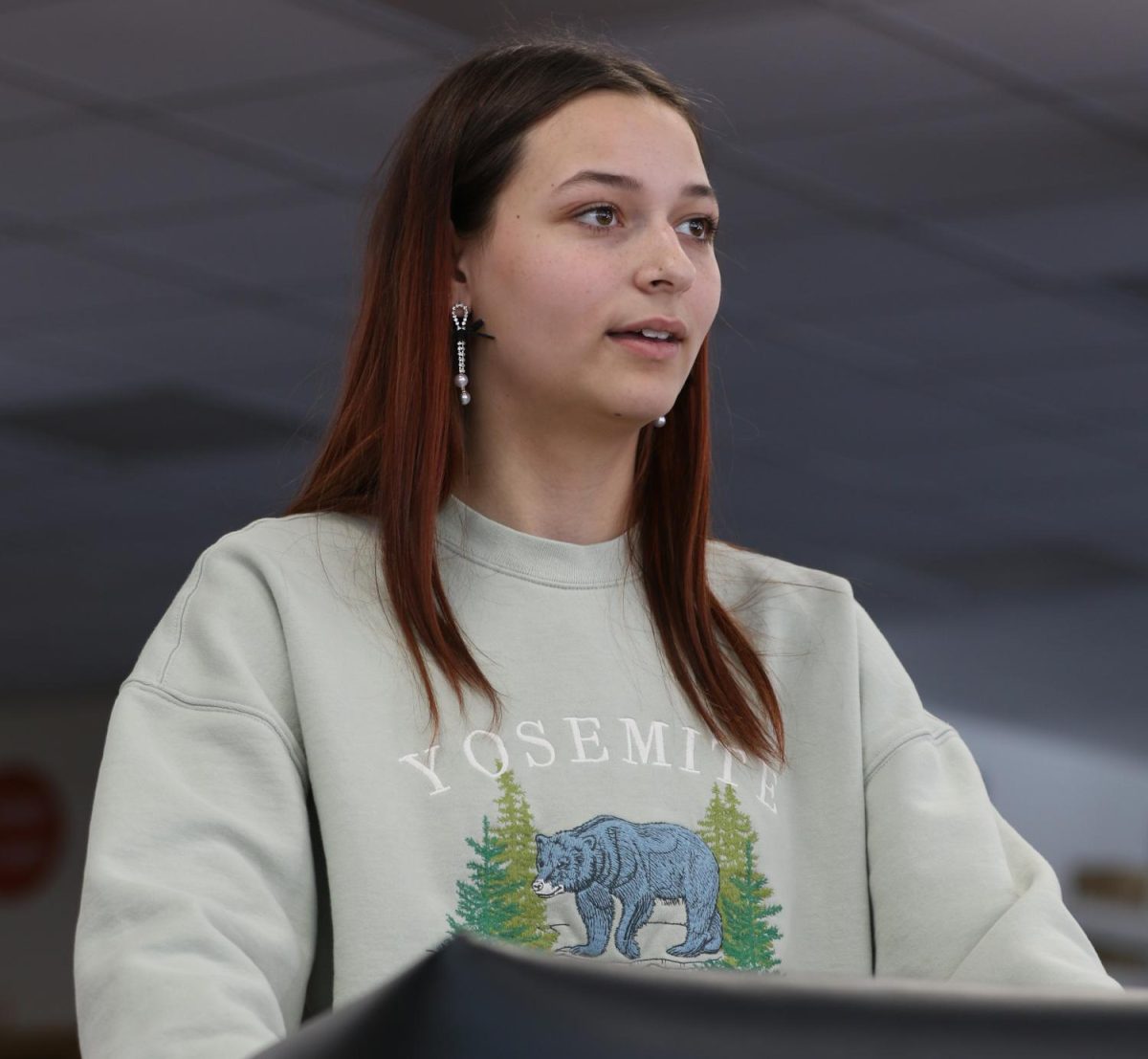




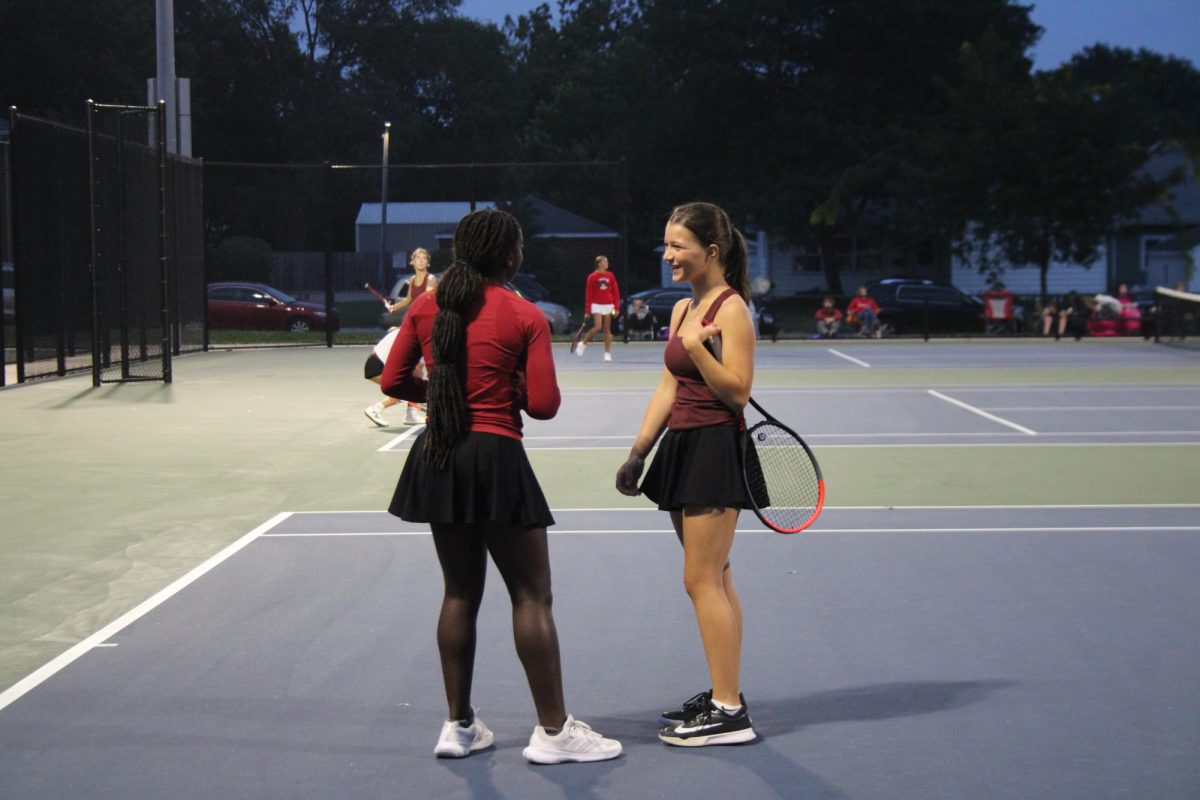

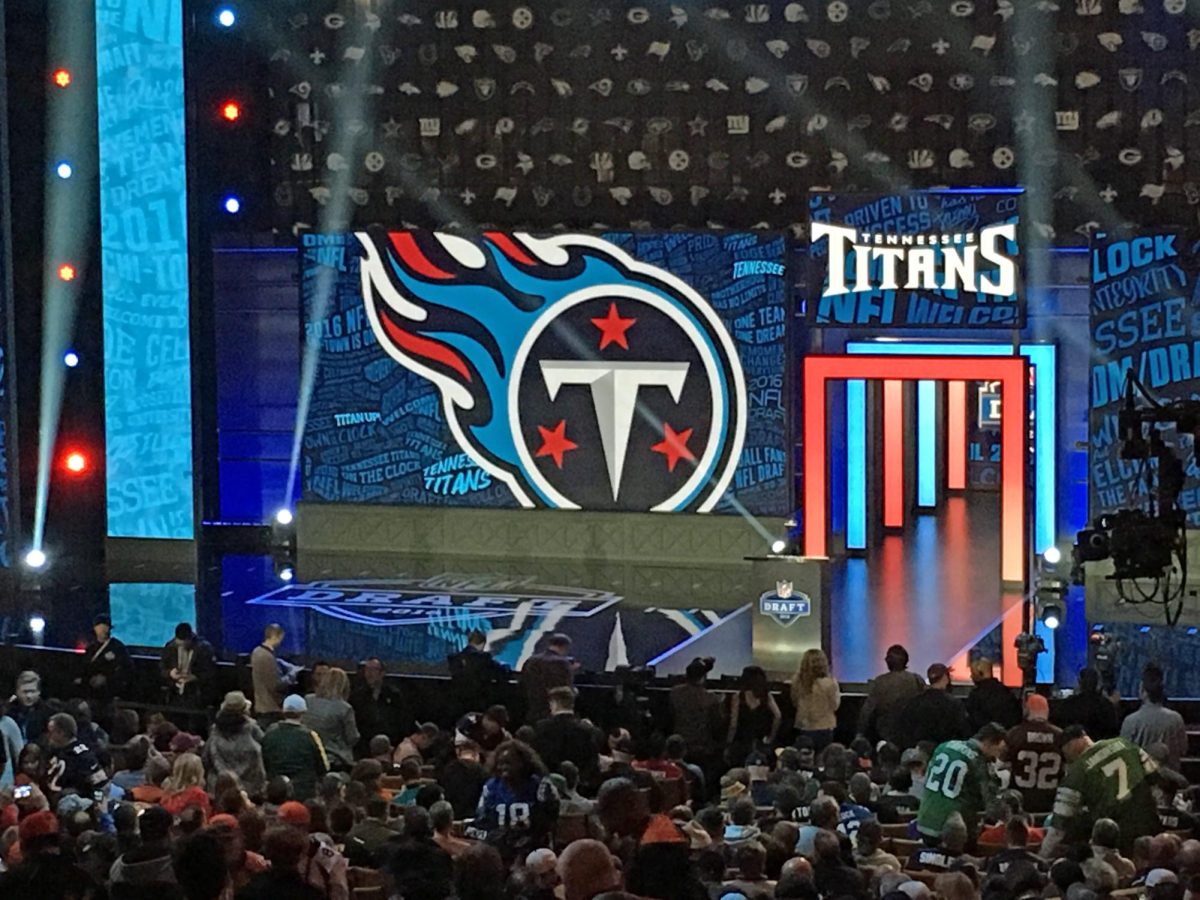

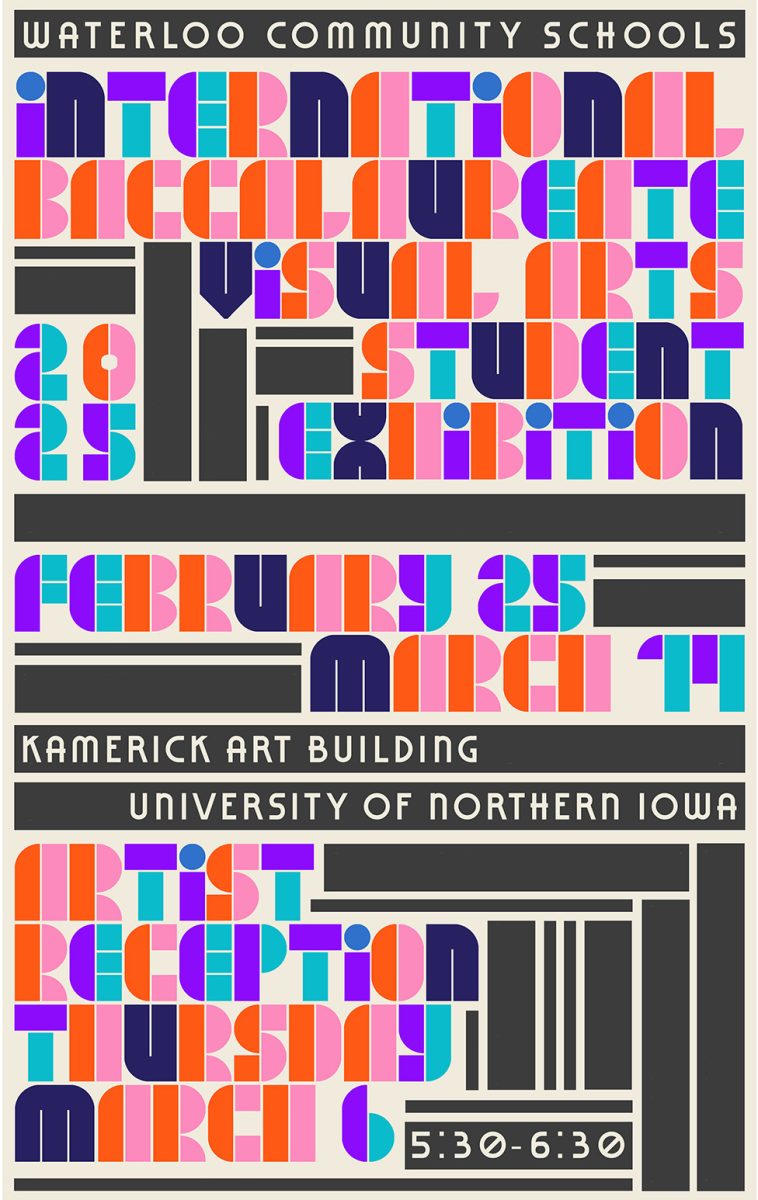



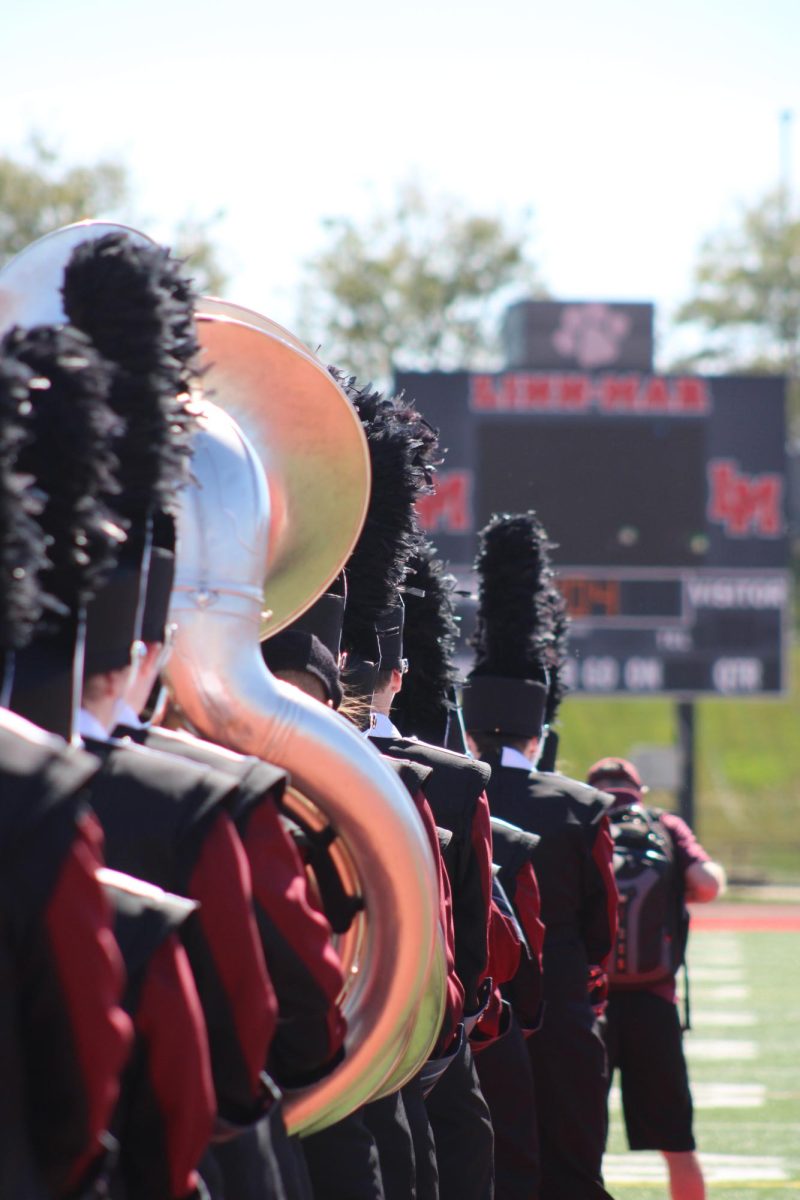




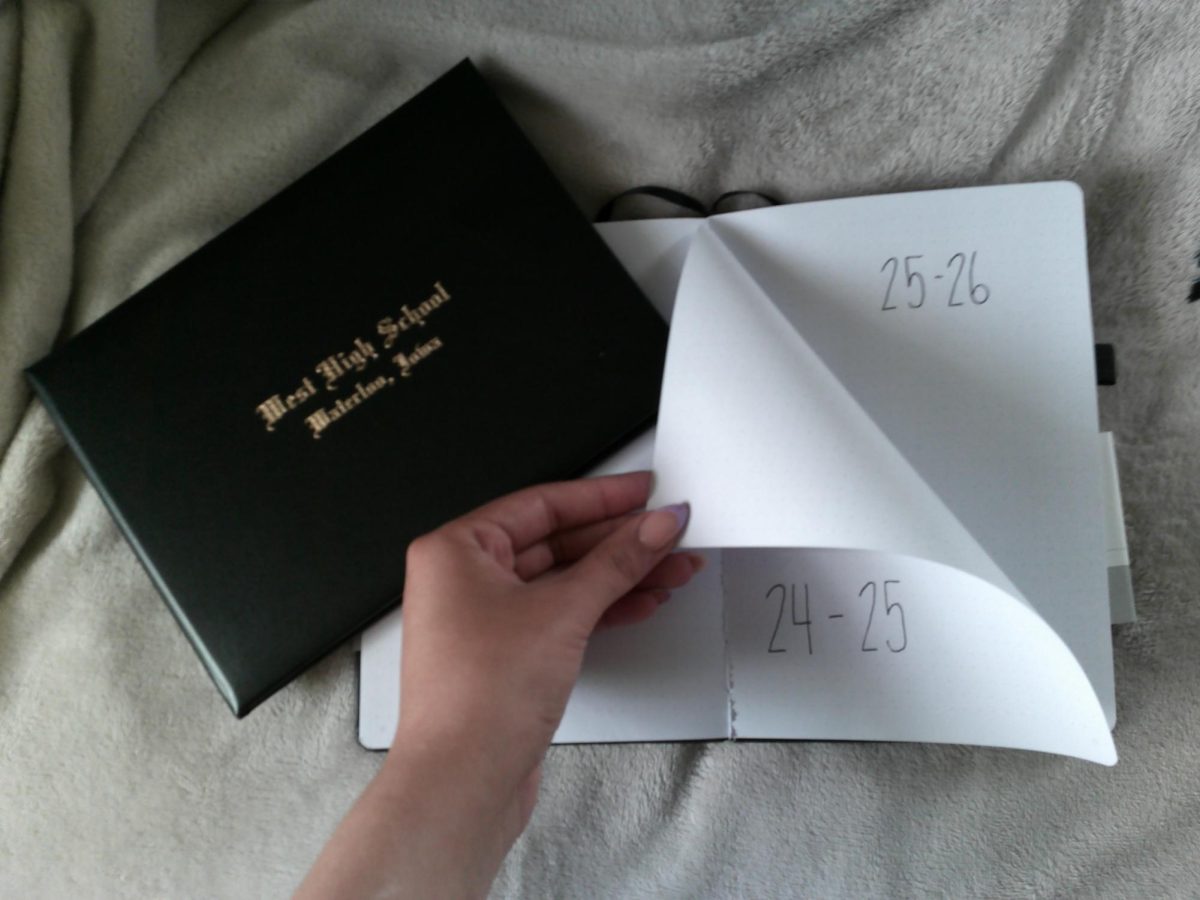
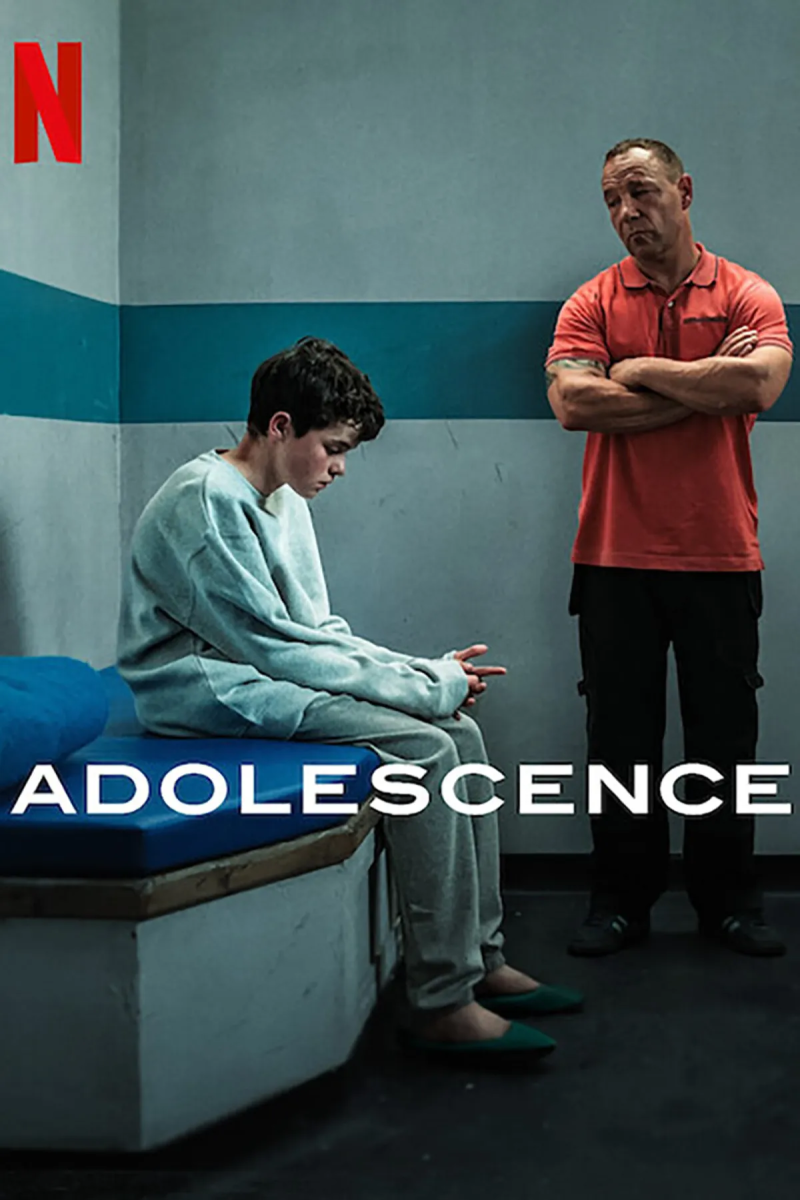
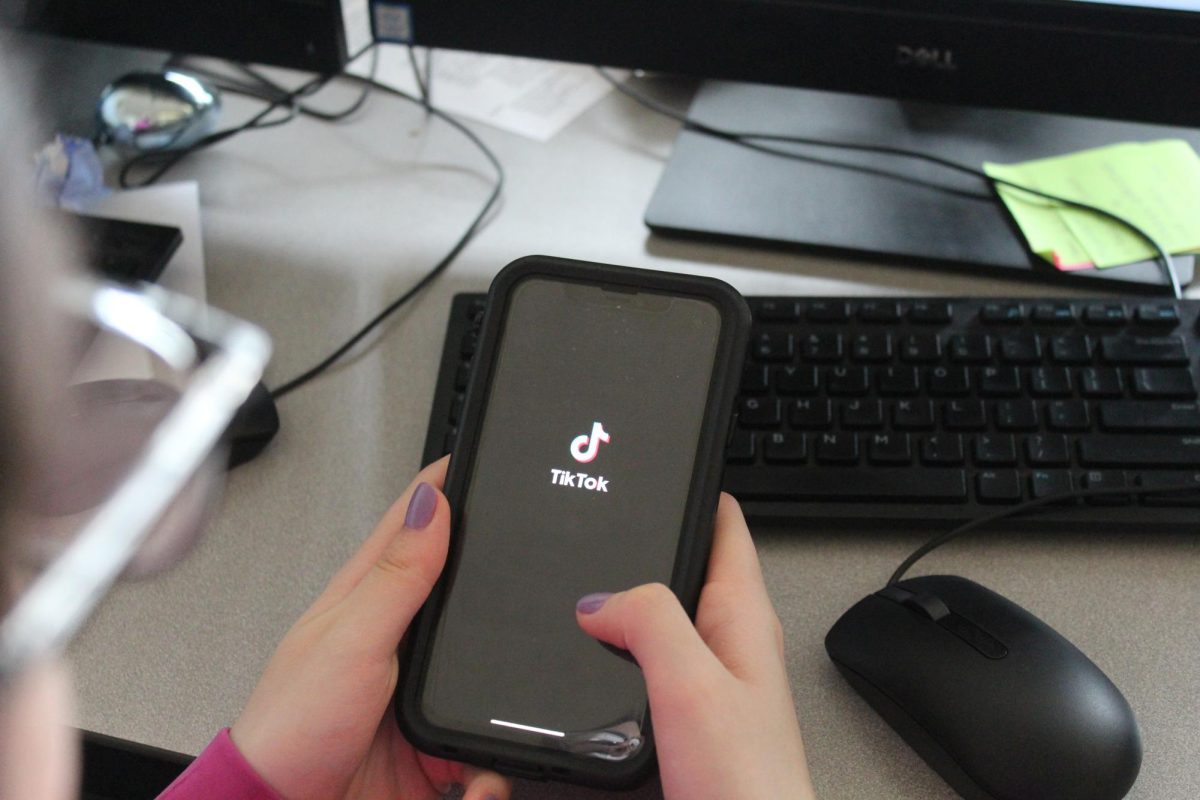
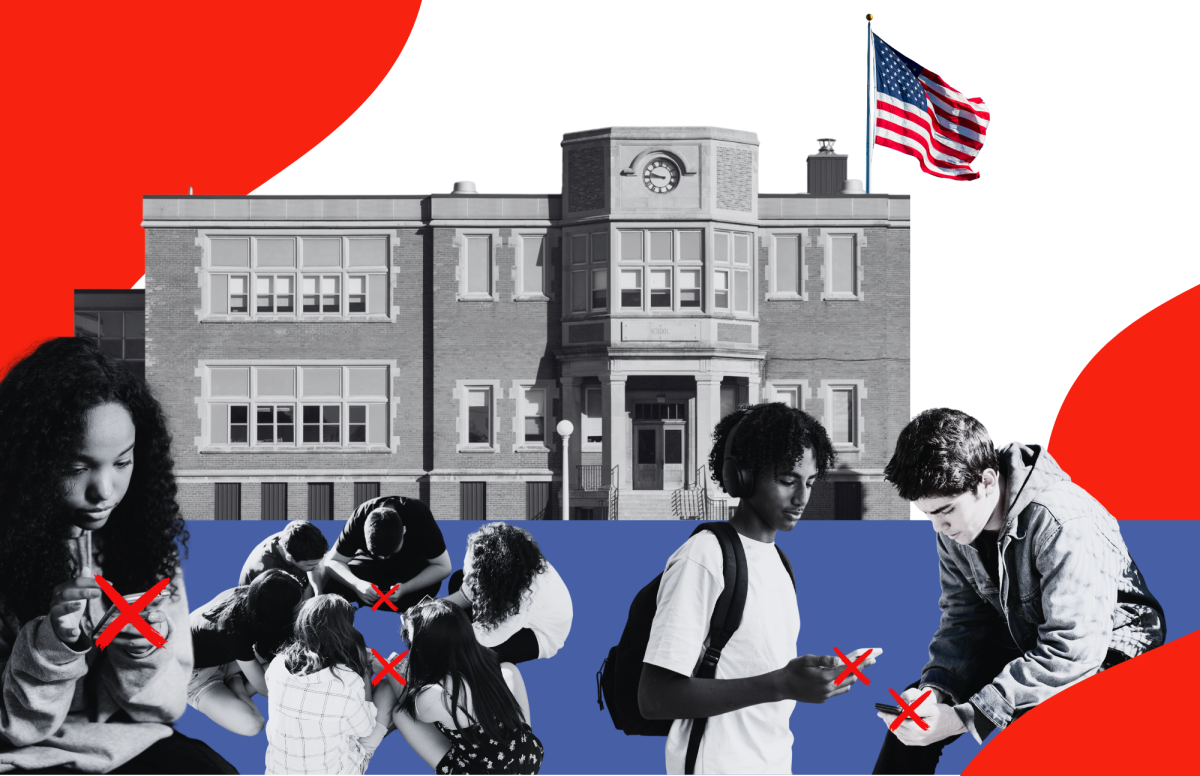


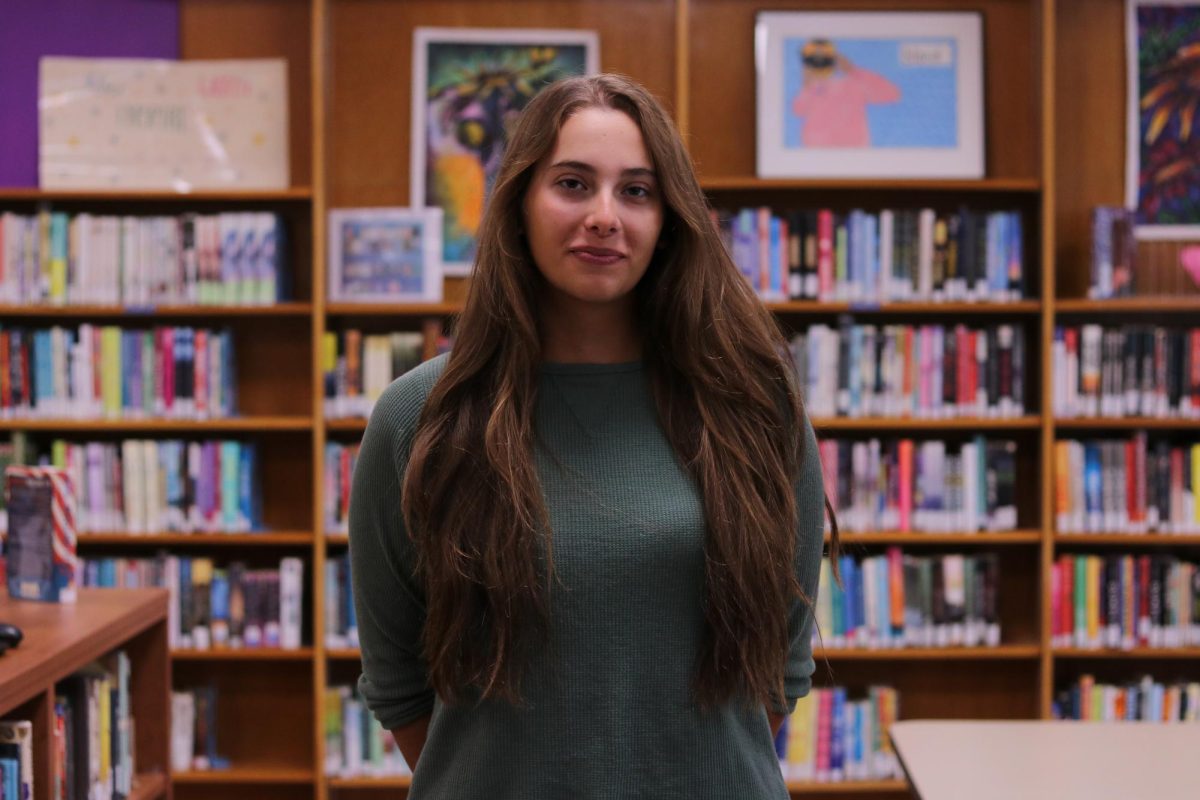








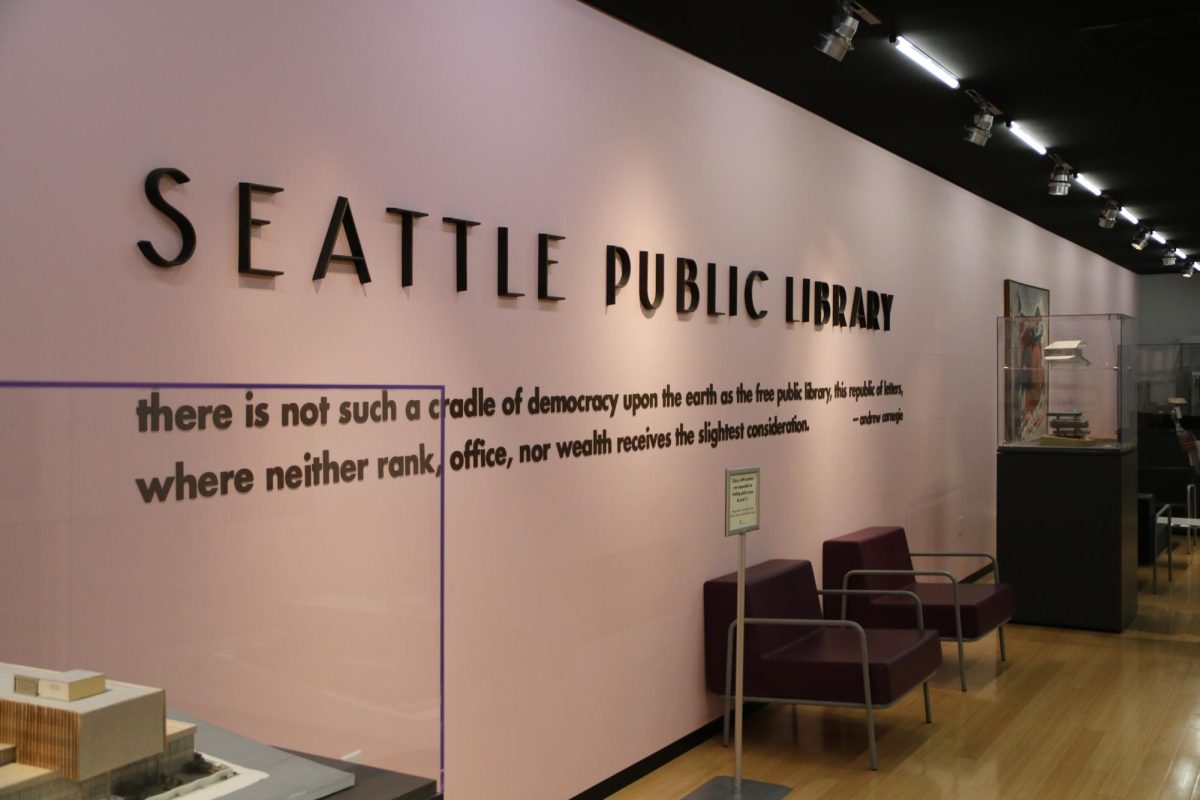

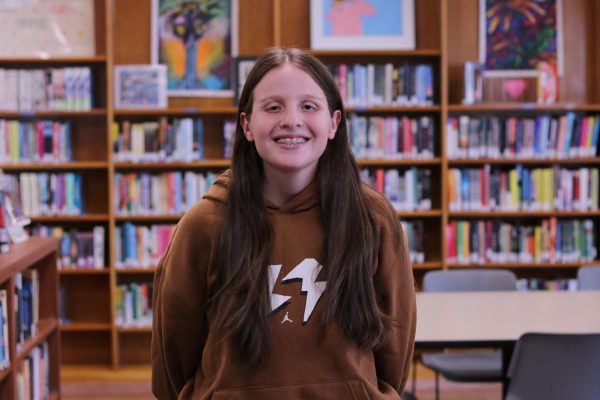
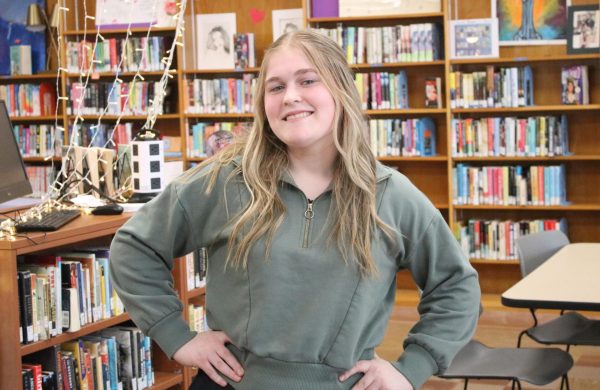
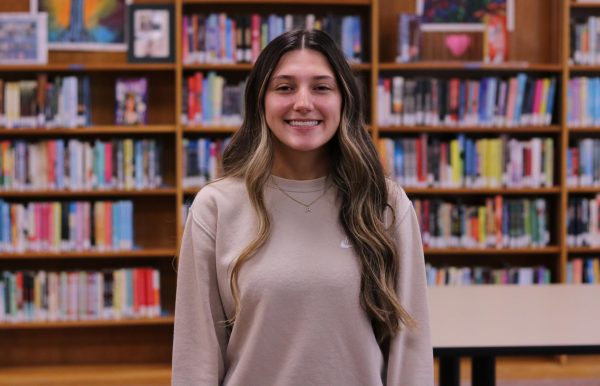
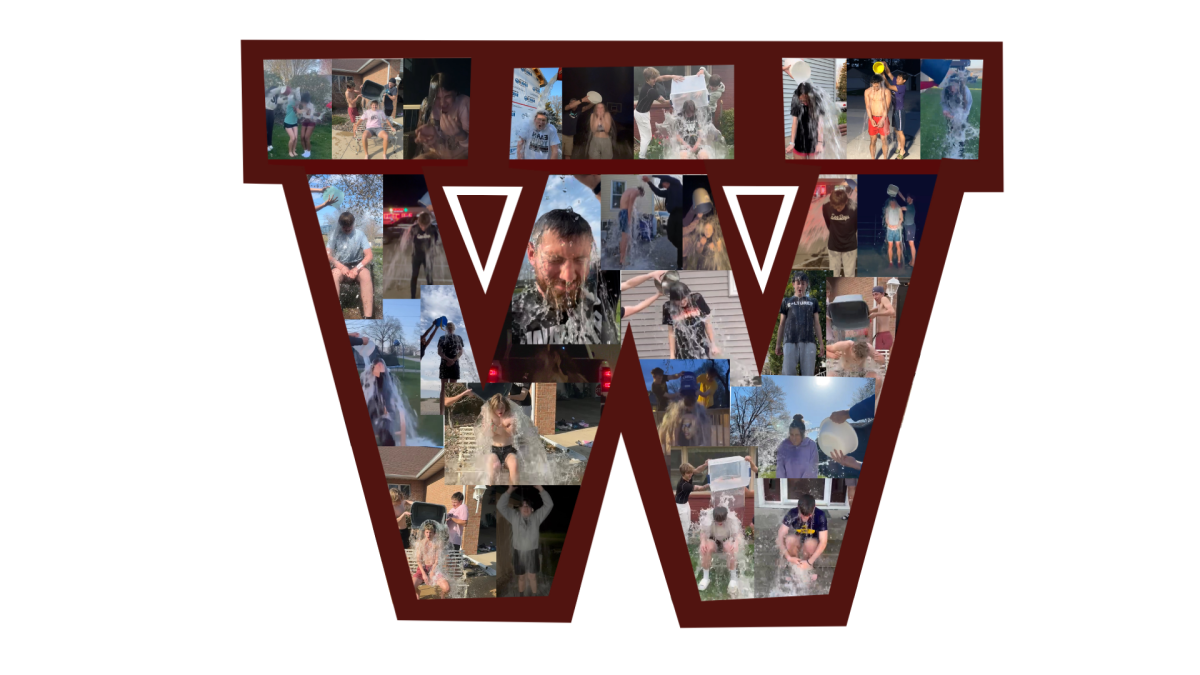
Karly Williams • Apr 28, 2025 at 11:50 am
Letter to the editor:
There are 27 total libraries within The Seattle Public Library system: 26 community branches surrounding the Central library, not 12.
Personal comment:
It was so fun to host you all and we’re so glad you picked this topic! It’s such an iconic space in our community and we love talking about it <3
adviser • Apr 28, 2025 at 1:49 pm
Thank you for that correction, we updated that information. Thank you for hosting our students! They had a great time learning about your space and thoroughly enjoyed reporting on it!
Kaylynn Crawford • Apr 25, 2025 at 7:29 pm
WOOHOOOOOOOO!!!!!!!!!!!